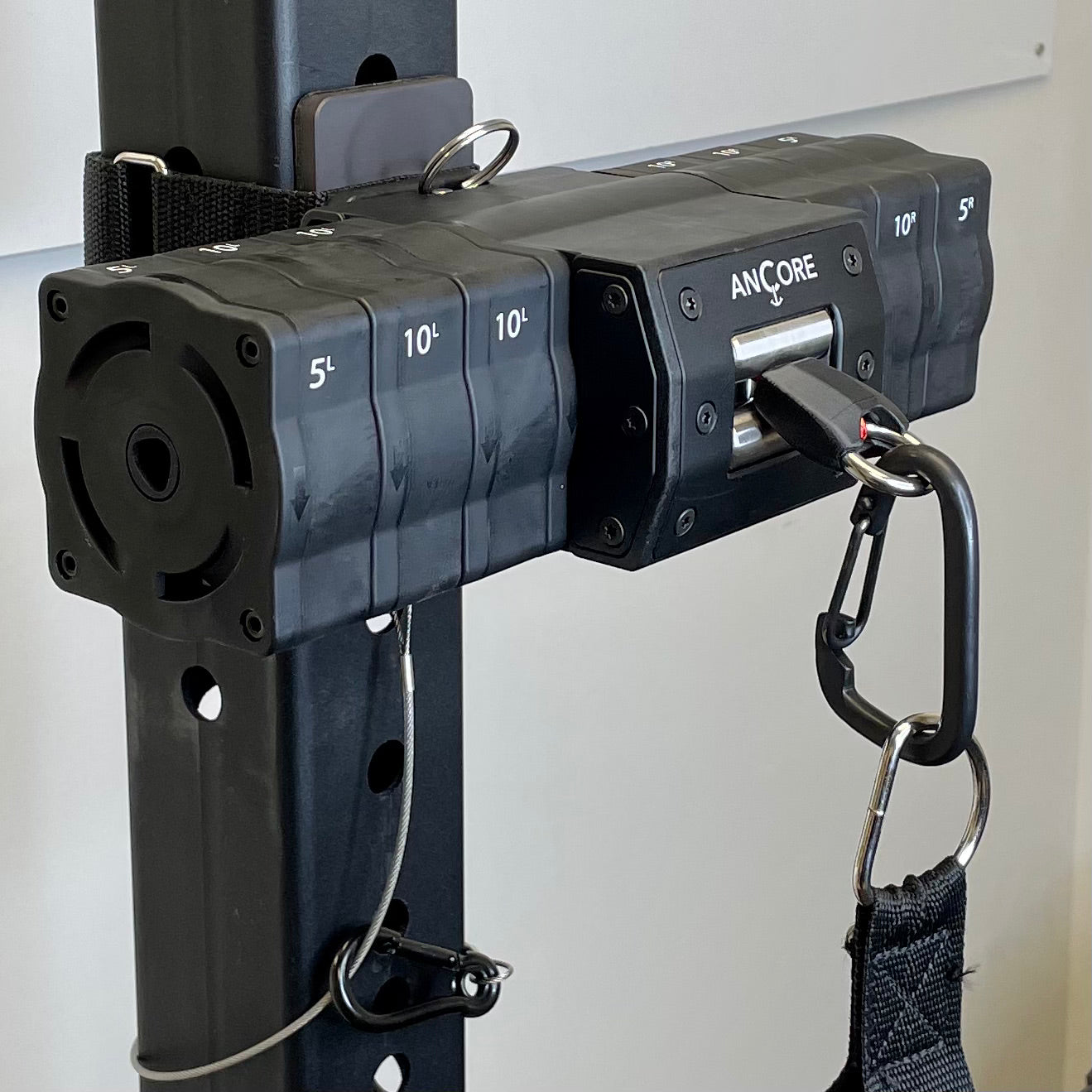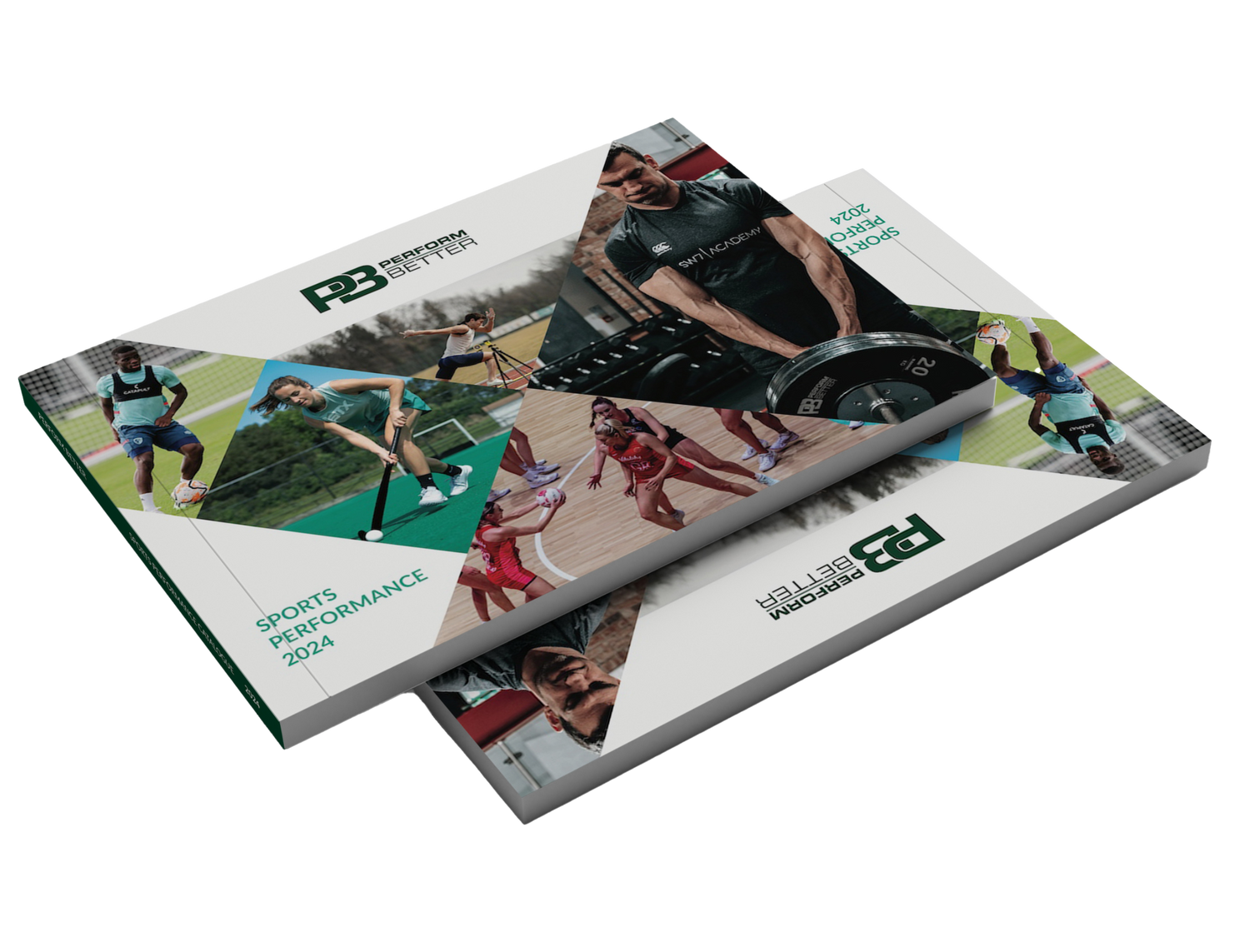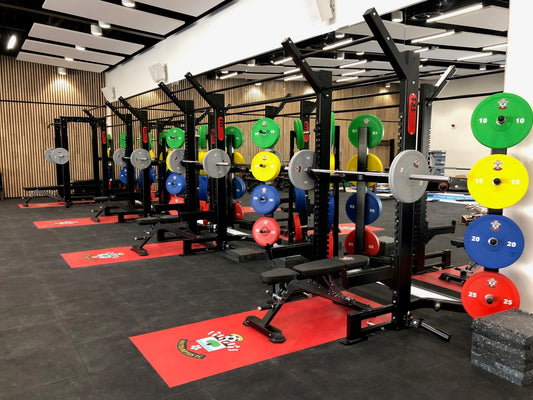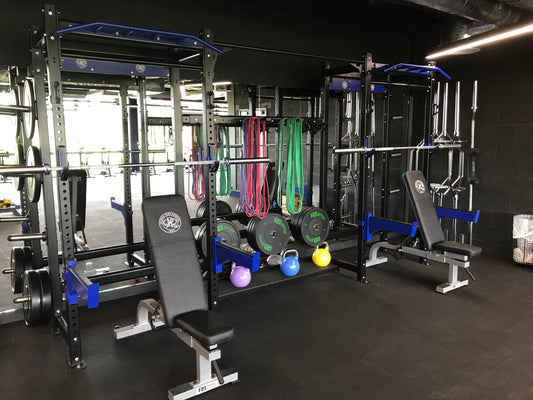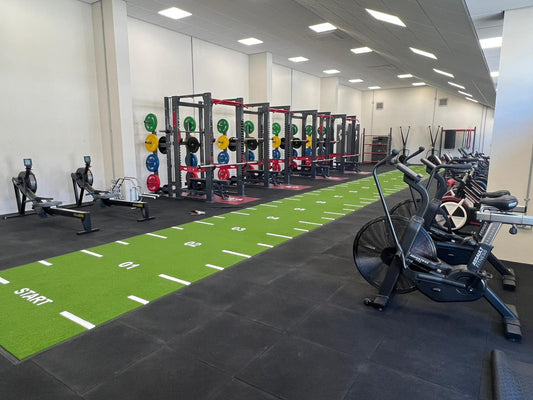Blood Flow Restriction Training
Jeremy P. Loenneke • Jacob M. Wilson •
Pedro J. Marı´n • Michael C. Zourdos •
Michael G. Bemben
Abstract
to quantitatively identify which training variables result in
the greatest strength and hypertrophy outcomes with lower
body low intensity training with blood flow restriction (LIBFR).
Searches were performed for published studies with
certain criteria. First, the primary focus of the study must
have compared the effects of low intensity endurance or
resistance training alone to low intensity exercise with
some form of blood flow restriction. Second, subject populations
had to have similar baseline characteristics so that
valid outcome measures could be made. Finally, outcome
measures had to include at least one measure of muscle
hypertrophy. All studies included in the analysis utilized
MRI except for two which reported changes via ultrasound.
The mean overall effect size (ES) for muscle strength for
LI-BFR was 0.58 , and 0.00 for low intensity training. The mean overall
ES for muscle hypertrophy for LI-BFR training was 0.39
, and -0.01 for
low intensity training. Blood flow restriction resulted in
significantly greater gains in strength and hypertrophy
when performed with resistance training than with walking.
In addition, performing LI-BFR 2–3 days per week resulted
in the greatest ES compared to 4–5 days per week.
Significant correlations were found between ES for
strength development and weeks of duration, but not for
muscle hypertrophy. This meta-analysis provides insight
into the impact of different variables on muscular strength
and hypertrophy to LI-BFR training
For the latest on Perform Better, follow us on Facebook, Instagram or Twitter
